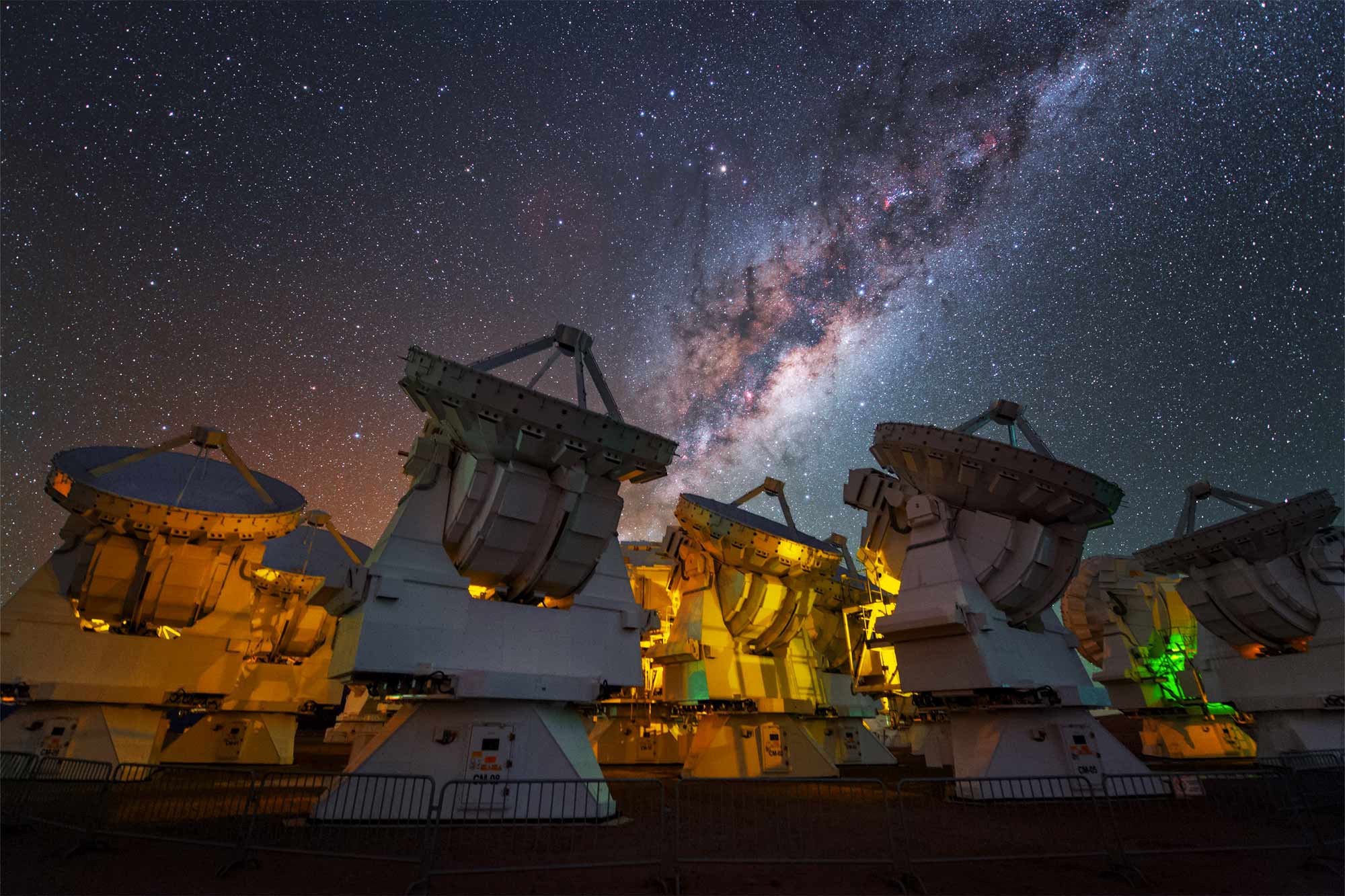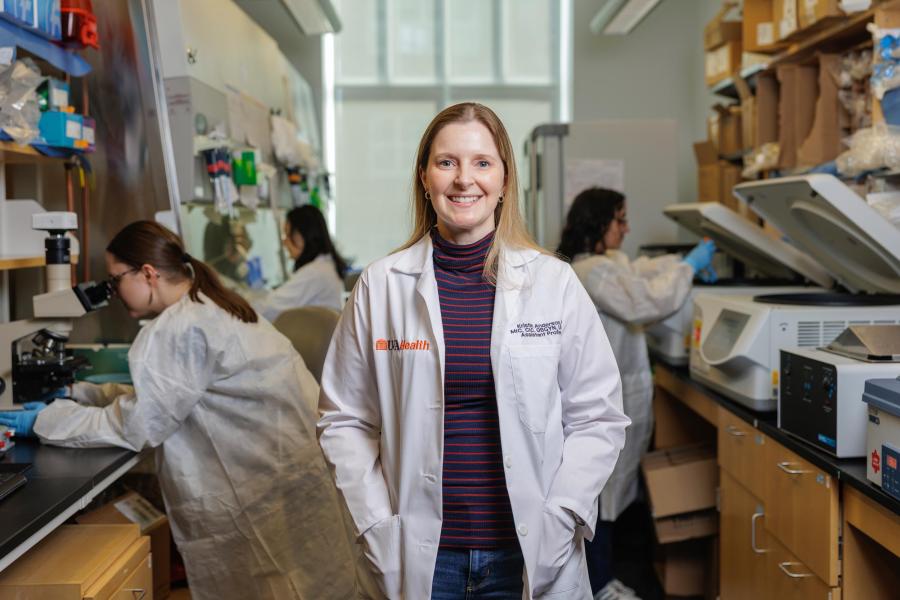Astronomers have been seeking to identify new molecules in space for more than five decades, a search that has led to date to the discovery of 276 specific molecule types. The latest discovery comes from an international collaboration including the contributions of a University of Virginia associate professor of chemistry and astronomy and his research group.
Associate professor Rob Garrod’s lab provided the theoretical and chemical modeling analysis in a collaboration with astrophysicists from the Max Planck Institute for Radio Astronomy in Bonn, Germany, reporting the first identification of the molecule iso-propanol in interstellar space. Well known for its use as a hand sanitizer, iso-propanol is the largest alcohol detected so far, demonstrating the increasing complexity of one of the most abundant classes of molecule found in space. The discovery is being published online this week in a European astronomy journal, Astronomy & Astrophysics.
Researchers have sought to understand how organic molecules form in interstellar space – in particular in regions where new stars are born – and how complex these molecules can be. Discoveries of iso-propanol and other molecules are helping those researchers establish connections to the chemical composition of comets and other bodies in the solar system.
“We’re discovering molecules that are more and more complicated at the very early stages of star formation,” Garrod said. “Increasingly, we’re looking at a situation where life is potentially being given a head start by the chemistry happening very early on in space, before even a planet is formed.”



.jpg)


